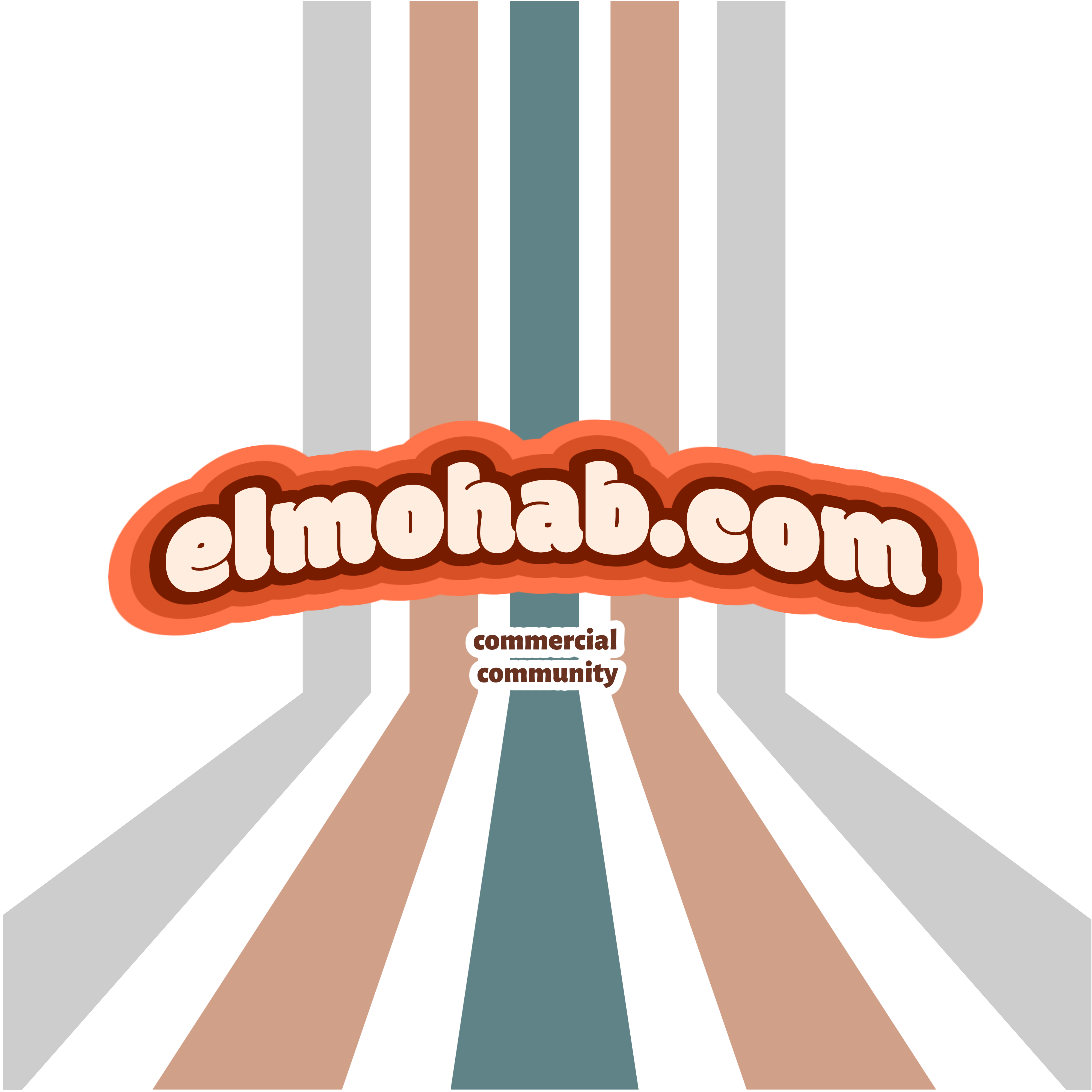The position can be determined from the software code to be 6:10265, and the distance is zero. Therefore, I have to position the probe exactly where radar type level measurement says 26:10 on the clock. Now that I have more perspective, I can see that the effort is making progress, but the height is where it needs to be. You can see that this is the ninth batch, and the depth is also 9:5, almost 9:4, 9:45, p path is 27, and the beam and description results are exactly the same. Therefore, I have to reduce the gain in order to detect the loss of gain. In order to do this, I have to set the capture rate of the first wallet to 80%. This is the same as saying that I have to set the capture rate of the first wallet to 80%. If I do not add exactly this value, Radar type level measurement will mean that the total will become 25, so as you can see, there is no issue with this.
As an illustration, I will explain that I will modify the adjustment; for instance, if I change the precise value to zero, Radar type level measurement will now become 25. The total sensor range of 295 inches can be reduced to 287 inches once the dead band of 8 inches is subtracted from that number. First, we will input the filling height set point, which will span the output of 4 to 20 mA. Second, we will input the tank height set point, which will span the output of 4 to 20 mA. Third, you have completed this point.
The cable entry point has been constructed on the face of the sensor by our team. This is the primary signal point for the sensor. In this part of the process, the sensor emits an ultrasonic wave in order to sense the object; consequently, this is how the ultrasonic liquid level sensor is put together. A circular plate for mounting the sensor can be found at the base of the structure.
I have chosen the reference plug that has a working thickness of 19 millimeters and a working thickness of 25 millimeters as my own working thickness is 24 millimeters, so I have chosen the reference block that has a working thickness of 19 millimeters.2 minutes, completely skip the first completely skip the plug is 97mm, so I said the range is 125 mm, and then I said the speed is 3250, which is the speed of angle beam pro for carbon steel, and then I set the angle of the probe, I set the thickness of 19 mm, the thickness of black, and I said the exact value is 10, so how to find out the exact value means to find the value of x in the check value, where the value of x means the exact exit pointIt is currently available on my opinion page. I would like it if you could see that now I want to calibrate the range, and I will set the color. This is the side radius that is valid for 24 hours.
Then, with the aid of the light, I am able to easily match the holes on the zero PCB grid with their respective locations. After that, Radar type level measurement is necessary for me to cut the zero PCB to the appropriate size. Now, I will use glue to paste this layout onto the zero PCB, as you can see. Now, I have placed the layout on the zero PCB identification hole with the assistance of the light. Next, with the assistance of this tool, I can make a hole on the layout, which will assist me in placing the components on the layout. Now I will carefully place each component on the zero PCB in the order in which it was assembled. You must now solder all of these components onto the zero printed circuit board. As I previously stated, I will connect the esp32 OLED. You can use either this ultrasonic sensor or this waterproof ultrasonic sensor.
